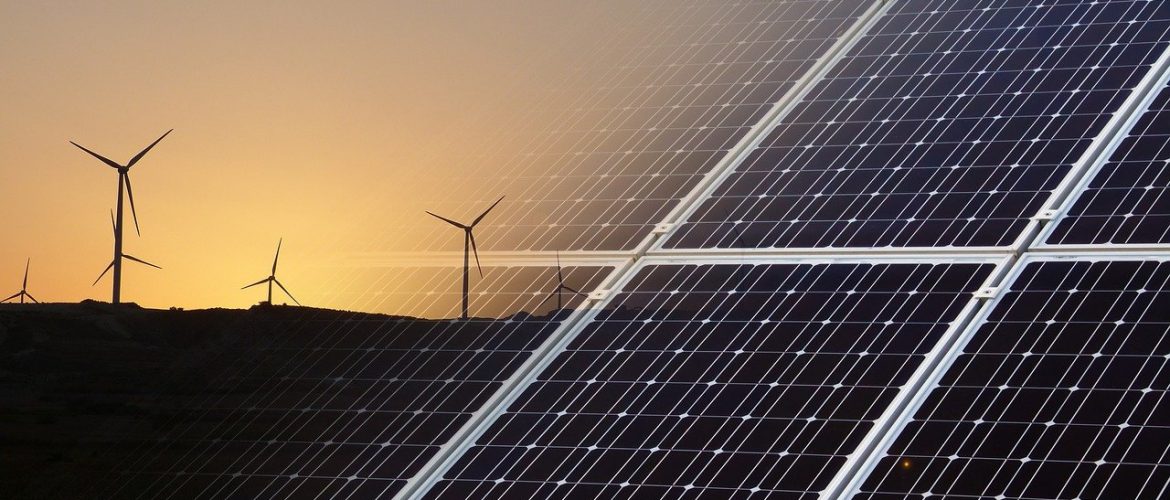According to the latest monthly data for the interconnected electricity network from ADMIE (December 2022):
2022 was the first year in history that electricity from renewables with large hydro (23667 GWh) exceeded that from fossil gas and lignite combined (23534 GWh)!
In 2022 renewables (19662 GWh) excluding large hydro, left fossil gas (17948 GWh)- which returned in 2020 levels – in the second place. Following was lignite (5585 GWh), large hydro (4004 GWh) and net imports (3448 GWh).
Thus, despite the large reduction of the contribution of large hydro power plants, renewables with large hydro, increased their share from covering 42.9% of the demand in 2021 to 46.7% in 2022. In terms of their share in electricity production, the corresponding increase was from 46.2% in 2021 to 50.1% in 2022. Fossil gas, in the second place, returned to its 2020 levels with 35.4%, reducing its share by 4 percentage points in a year. It was followed by lignite with a share of 11%, slightly higher than 2021 (10.2%) but lower than 2020 (11.4%), and net electricity imports covering 6.8% of the demand, the lowest share since 2013.
Regarding the percentage changes, renewables excluding large hydro, achieved the largest percentage increase (+14.3%) in 2022, while they were also the only source that increased in both previous years. Lignite has also increased, but this was limited to 4.6% compared to previous year, while its contribution remained lower than the levels of 2020 (-2.4%).
In contrast, fossil gas significantly decreased (-14%) in 2022 compared to 2021. Large hydro (-24.2%) and net imports (-6.4%) also decreased.
Specifically for December 2022:
- The monthly production from renewables (1358 GWh) was the lowest of all 2022
- Lignite increased compared to the same month of 2021 by 28.8%
- Fossil gas was again decreased compared to December 2021, but exceeded electricity from renewables with 1555GWh
- The total electricity demand of the electricity network decreased for the sixth consecutive month, achieving in fact the largest percentage decrease (-13.4%) of the year compared to the corresponding month of 2021.
December 2022 – according to the Council Regulation of September 30, 2022 – was the second month that the EU target for a 10% electricity demand reduction compared to the previous 5-year average of the 5-month period (November 2022-March 2023) is in force, in order to address the gas price crisis due to Russia’s war in Ukraine.
In the first two months of the Regulation, Greece achieved a significant reduction in the consumption in its interconnected network, barely reaching the target of 10% (specifically -9.75%) compared to the previous 5-year average and -11.7% compared to last year. For the whole of 2022, Greece managed to reduce electricity consumption by 3.3% compared to 2021.
Moreover – according to the same Council Regulation – December 2022 was the first month of the implementation of the European obligation for the member states to reduce the electricity consumption during peak hours – with the ultimate goal of limiting the need to operate power plants that use gas as fuel.
According to the Regulation, each member state is required to reduce peak-hour electricity demand in the period December 2022- March 2023 by 5% compared to a reference scenario. The peak hours (that are defined by the Member States) in Greece were set to be the hours 18:00-21:00[1]. However, the reference scenario against which the comparison is made, it has not been determined.
The following chart shows the electricity consumption of the interconnected system during the peak hours of 18:00-21:00 – as they were defined by Greece – for each day of December 2022 and is compared with the average consumption during the same hours of the same period of the previous 5 years (2017-2021).
As it can be seen, the cumulative electricity consumption during peak hours of all the days of December 2022, has been decreased by 13.8% compared to the corresponding average of the previous 5 years, while compared to the previous year, the decrease was even greater (-14.7%).
[1] Article 143Ζ of Law 4001/2011 and ministerial decision: ΚΥΑ ΥΠΕΝ/ΔΗΕ/135277/4706/20.12.2022




















































































































































































































































































































